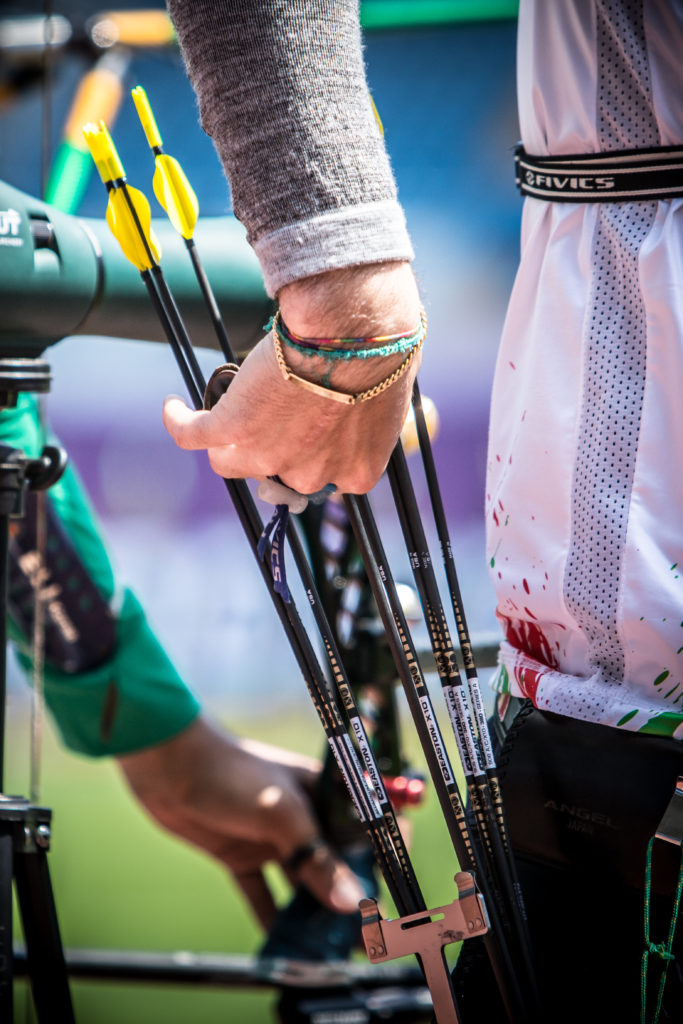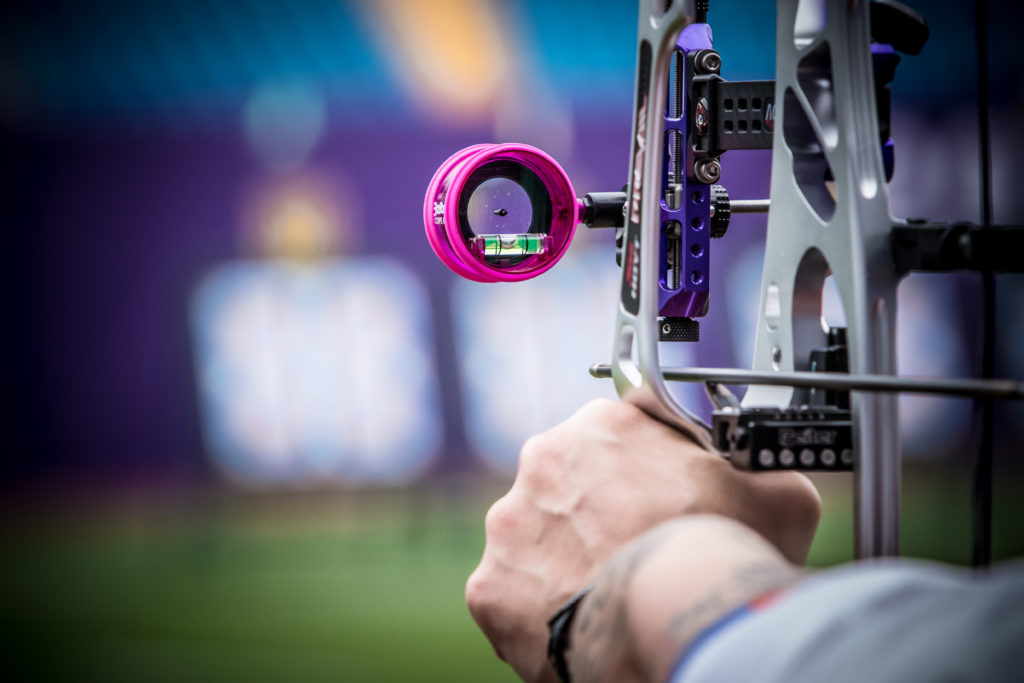A couple of days ago I flew back home to Melbourne from Shanghai. The first World Cup is less travelling for Australians than for the other major events (it was just 22 hours door-to-door via Hong Kong for me), and a very friendly time difference of just two hours. It is a well-run event at a nice venue. I was the manager of the Australian team and compound coach. We shared our hotel with teams from Great Britain, the Netherlands, India, New Zealand, Canada and France, among others. In addition I am occasionally asked to assist with the Jury of Appeal (although at this event, we had an extremely capable Head Judge and the several matters that might have gone to appeal did not).
Aside from trying to assist our Australian archers do well at these events (they have done quite nicely in Shanghai over the past years), I find them a very valuable opportunity to speak to many interesting people, watch some excellent archery and to have a look at the various equipment being used. I usually find there is virtually no time for any sight-seeing – while the archers get a little spare time, the coaches do not.
One thing I always look at quite carefully is the various arrows being used at the major events and the way they have been assembled. While nearly all archers at this event (and others) used small diameter arrows (mostly X10s, Protours and Nano Pros) I did see several archers using larger diameter arrow shafts. As part of my PhD studies I analysed the wind drift of arrows and measured it in a number of ways (including shooting arrows across a very large wind tunnel). Both the modelling and tests were quite conclusive: if there is wind then the smallest diameter arrow will score more. Sure, the larger diameter arrow has more ‘line cutting ability’, but that is more than negated by its additional drift, even at distances shorter than those used in the World Cups.
I look carefully at the way the archers have fletched their arrows. In particular, where archers are using vanes I want to see them having the vanes set at an angle to the shaft’s longitudinal axis. That is, I want to see that the vanes are going to spin the arrow. My testing has firmly convinced me that arrows group tighter if they rotate – while arrow shafts and their fittings are made to tight tolerances, those tolerances are not zero and we want to average out their impact. Generally about one degree of offset is sufficient. Nevertheless I usually expect to see (and did see at this event) a number of archers with their vanes set straight along the shaft with no angle. Those archers are simply giving away points they could have for free.

Almost all of the archers using recurve bows, and some of those using compound bows, use
Spinwings (or similar). I look at those as well. Again I am looking to see that they are going to spin
the arrow – Spinwings set with their edge straight along the shaft will do that as they have an in-built
angle, which is good, but some others might not. I also look to see if all of them are set at the same
angle.
I looked after Australia’s archers for the London Olympic Games and the archers got used to me looking along their arrows so I could see the fletch angles and pulling off any that were not at the same angle. By the time we got to London in 2012 my archers were getting pretty good at fletching! However, I did see about the usual (high) number of archers in Shanghai with their fletches at different angles! If you think about the aerodynamics of this, a fletch at a different angle will result in the arrow spiralling through the air, which is not what we want.
You can test your fletch angle quite easily by looking along the arrow from the point end with one fletch up, move the point to the side a little until you are looking directly along the fletch and cannot see its sides. Then rotate the arrow and check that the other fletches are at the same angle. If one is different, pull it off and re-do it.
I get to watch thousands of arrows being shot at these events. Occasionally I have an opportunity to shoot a few myself (aside from me liking to shoot arrows, it also helps remind my archers that I do know how to shoot these things). At this event Martin and Erika Damsbo were practicing at the same time as my compound archers. Erika kindly loaned me her bow for an end – it was lovely to shoot, beautifully tuned and I shot a nice tight group. Martin and Erika obviously know what they are doing – and the following day Martin and Tanja Jensen won the mixed pair event!
Author: Dr James Park


